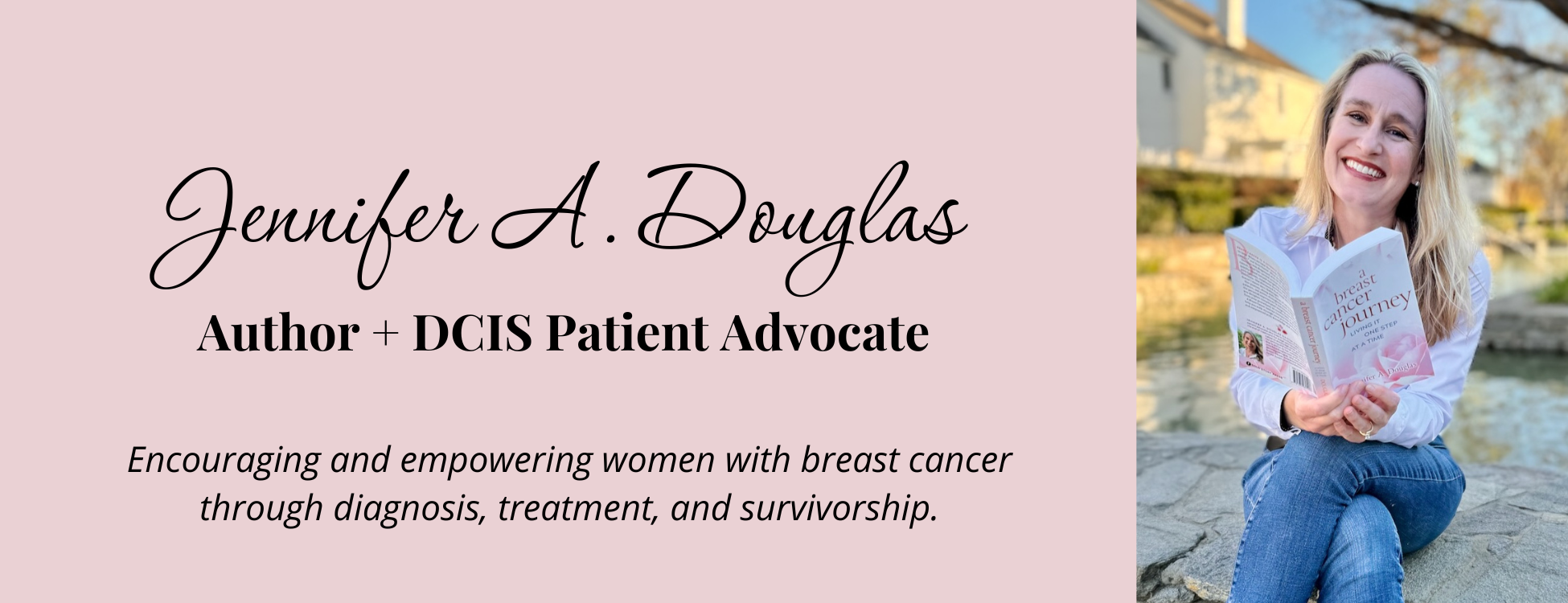
From An Inconclusive Biopsy to a Lumpectomy
When I got the results of my biopsy that were inconclusive, I was shocked. I had prepared myself for some type of result, and this wasn’t one. I had a brief phone conversation with my surgeon to discuss this, and he told me that the next step was a lumpectomy to remove it. This week, I had a pre-op appointment with him to get all the plans in place for my surgery.
Before the appointment with him, I tried to set my expectations low as far as when the lumpectomy could be. This would be my first surgery since 2019; much has changed. I didn’t know if I would be waiting months for his first opening.
Getting Ready- The Pre-op Appointment With my Surgeon
I sat in the chair, waiting for my surgeon to come in, with my Disney Emoji game open. Distraction is the name of the game as I’m dealing with these appointments.
I wasn’t waiting very long in the room before he knocked. I took a deep breath and thought, “Here we go again.”
After a quick chat about how our summers were going, it was time to open up my medical file and have a more in-depth conversation.
While he’d gone over the pathology over the phone, I hadn’t seen the report yet. The report indicated that I had a cellular spindle cell lesion with a few comments underneath to provide some more commentary.
There were a lot of big words in the report that I thought I would unpack in this post. While researching the stains used on my samples is interesting, it isn’t terribly useful because the mass needs to come out. The pathologists need to see all of it to make a definitive diagnosis. So, I’ll save the research for another time!
Planning and Preparing
The rest of the appointment was centered around the details of the surgery. My surgeon examined me, and we talked about exactly where the area to be localized is. Since I had some confusion with the imaging center during my last localization process, I wanted to ensure I knew exactly what to tell the radiologist.
The incision will be about an inch so that he can remove the spindle cell lesion with a rim of normal tissue around it. My surgeon will do preliminary pathology in the OR to double-check for clear margins. He’ll do some cosmetic techniques to minimize any dimpling in the area and then close me up. I’m so glad I’ll be out for this part of the process!
The final pathology should be ready about a week after my surgery. That will be when we really know what is next for me.
When I asked him about scheduling at the end of the appointment, he replied, “I think I can get you in next week. Let me make a few calls.”
A Quick Transition to Surgery
After I got changed, I headed down to my surgeon’s office. He was on the phone with the hospital as I arrived and was negotiating times. As he hung up, he said, “We can do it next Thursday morning. Would that work?”
“Yes, that’s great!” The sooner, the better, especially since we were dealing with an inconclusive tumor.
As he headed off to his next appointment, he turned back to me. The exact words he said elude my memory, but what he communicated in those few moments was deep care and concern for me as a person, not simply a patient. He saw me, really saw me, facing the unknown again, and wanted to make sure I was ok- not just physically but emotionally. He couldn’t be with me as I navigated the next ten days of preparation, but it was evident how much he cared.
I left the office with a list of to-dos and little time to schedule them.
Pre-op Scheduling Challenges
I walked to the primary care office next door to schedule a pre-op appointment with my doctor. Imagine my dismay when they told me they had nothing.
Um, what?
I took a deep breath and began to get into advocacy mode. I needed a pre-op done so that this surgery could happen. What could they do?
The initial offer was to have me drive into another office down in LA. “So, there’s really no appointments here? If I were to need to come into urgent care, you would see me here, but I can’t see any of the doctors here for a pre-op? Why can my surgeon make time for me, but you can’t?” I could feel the adrenaline kicking in
It took just about everything I could not to begin yelling, but I knew that wouldn’t be productive. So I asked the receptionist to check with my doctor directly. She said she would and that she’d call me back later that day.
Nope, that wasn’t going to work. I needed to leave the office with an appointment. I asked her to get a message to the team right away. When she said that wasn’t possible, I asked if they were in the office. She said yes. I said, “Well, I’m happy to walk back and talk to them myself.”
Apparently, that wasn’t an option. So, she offered to call them. I told them I’d wait in the waiting room.
A few minutes later, someone else came out and offered me an appointment with a different doctor in the local office two days before surgery. Well, that was cutting it close. I wasn’t sure that would be enough time. She assured me it would, but I needed to ensure my surgeon agreed. “Could you please call my surgeon and ask him if it is ok?”
She got on the phone and called over to the surgeon’s office. Yes, that would be enough time. She told me that they had moved things around to accommodate me. I expressed my gratitude but also communicated that it would have been nice if this wasn’t so difficult to schedule. If my surgeon could get me in quickly, then the office should be able to accommodate the urgency of my pre-op.
I left the office, agitated and grateful, with my pre-op scheduled.
Imaging Transport- Analog Communication in a Digital Era
The next step was to head to the radiology department and get a CD of my imaging for the hospital. In this era of digital communication, somehow, my radiology images can’t be shared electronically with the hospital.
Thankfully, this was a quick and easy process compared to the scheduling nightmare I had just dealt with.
After a few minutes, the receptionist came out with a copy of my CD, and I was able to head out to do the next thing.
It took me about fifteen minutes to drive the CD to the women’s center and ensure they had all they needed from me. I double-checked my arrival time for the following Thursday and then headed home.
The final step was to schedule my pre-surgery covid test. Once that was on the calendar, I could breathe and start sending out my treatment text updates.
Plan, Prepare, and Wait
As I write this, about a week before my scheduled date, all the appointments are set. We will see if it’s actually happening when I get dropped off at the women’s center for localization. Until then, I will try to enjoy these next few days and not spin myself up too much in pre-surgery anxiety. That is definitely a moment-by-moment process.
Important Note: I am not a medical professional. Please take any medical questions you have to your care team. For more information, please see my disclaimer. All information on the page should be considered general advice only.





